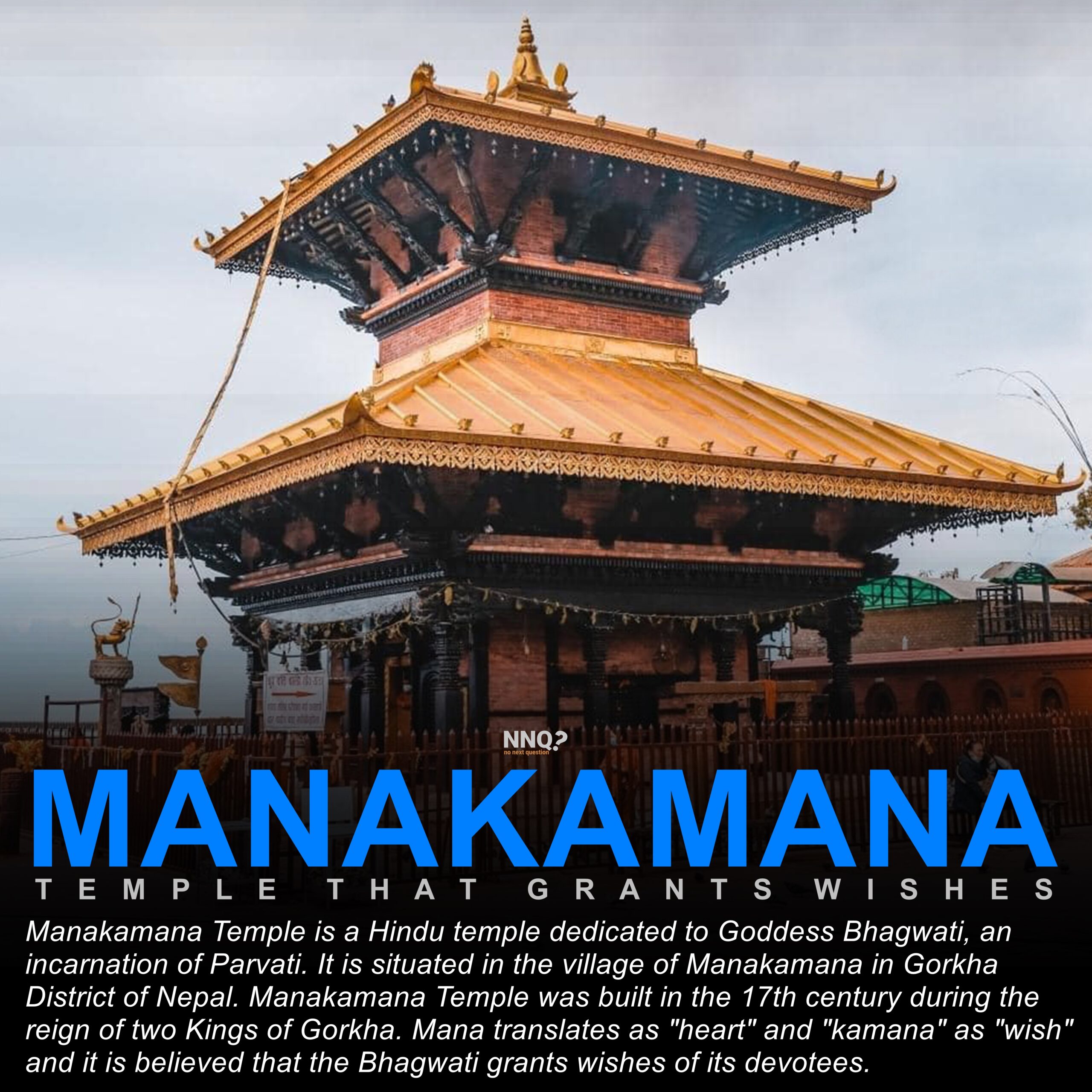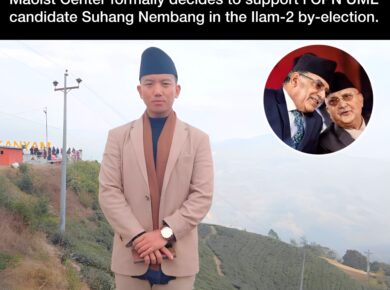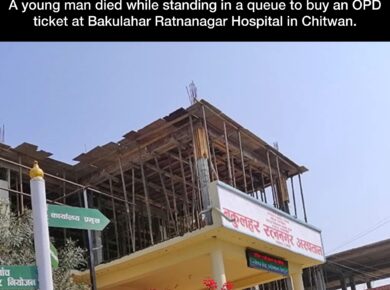Manakamana Temple – Temple That Grants Wishes
Manakamana Temple – ‘temple that grants wishes’ is a Hindu temple dedicated to Goddess Bhagwati, an incarnation of Parvati and it is situated in the village of Manakamana in Gorkha District of Nepal.
According to Nepali legend, Manakamana Temple was built in the 17th century during the reign of two Kings of Gorkha, Ram Shah or Prithvipati Shah. The Queen of Gorkha possessed “divine powers” of Manakamana which was only known by the priest Lakhan Thapa (not martyr Lakhan Thapa). One fine day, the king saw his wife in form of Goddess Manakamana, and persist as a lion, after he told her about this the king mysteriously died. Per the historical Hindu practise of Sati, the queen sacrificed herself by sitting atop her deceased husband’s funeral pyre. Prior to her death, she told Lakhan Thapa that she would appear again, six months later, a farmer working on the field split a stone which apparently started a stream of blood and milk. After hearing about this, Thapa went to where the stone was located and started to do Hindu tantric rituals which halted the stream.
later Lakhan Thapa he built a shrine at the same spot so that their wishes can come true, and also the persist of the temple necessity should be the ancestor of Thapa (Thapa Magar). Manakamana is thought to be Champawati, wife of Ram Shah, she reappeared during his son Dambar Shah’s reign, and according to other sources indicate that she appeared during the reign of Prithvi Narayan Shah, founder of present-day Nepal. The temple is the holy site of Goddess Bhagwati, an incarnation of Parvati. Mana translates as “heart” and “kamana” as “wish” and it is believed that the Bhagwati grants wishes of its devotees.
Manakamana Temple started to lean six inches towards the south-west after the 1934 Nepal–India earthquake and the 1988 Nepal earthquake. The April 2015 Nepal earthquake made cracks on the roof and titled the temple 9-12 inches in the direction of the north-east.[14] In June 2015, reconstruction began under the supervision of the Department of Archaeology with a budget of 130-140 million Nepalese rupees (NPR), and it was finished in September 2018. Limestone, surkhi, bricks and wood were used in the restoration process,[14] and the roof, the door, the final, and windows were gold-plated with 14 kilograms of gold which cost about 90 million NPR.




